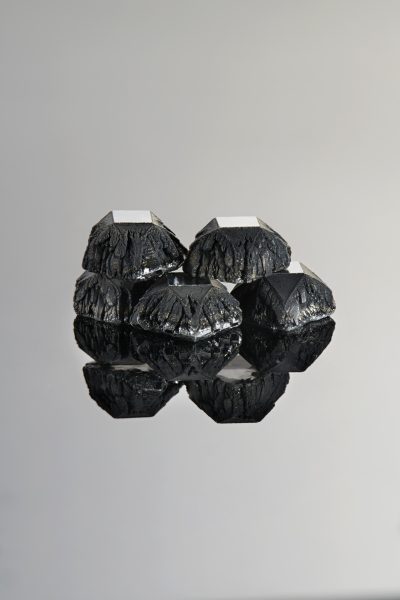The Natural Diamond Council has just published a new “Diamond Facts” report with updated data on laboratory-grown diamonds, based on facts and figures revealed by experts and currently available studies.

The “Diamond Facts” reports, which condense the essential information on current topics into around 15 pages, are undoubtedly one of the Natural Diamond Council’s best initiatives. Presented in a clear and transparent manner, the information is based on numerous figures from reliable scientific sources, making it easily accessible to the entire diamond industry.
The new “Diamond Facts” report takes stock of laboratory-grown diamonds, a subject that remains highly topical. It starts by reiterating an essential concept: laboratory-grown diamonds are manufactured in factories in a matter of days and cannot be compared to natural diamonds, which spend up to several billion years underground.
Unfolding over 7 chapters, the report begins with an introduction detailing the two methods used to manufacture laboratory-grown diamonds (HPHT and CVD) and the process of natural diamond growth. Although they have physical and optical characteristics similar to those of natural diamonds, laboratory-grown diamonds can be identified in the laboratory. Regarding their qualities (color, clarity), the GIA recently decided to simplify the evaluation method used in the certificates that accompany them, which also makes it possible to establish a clear and legible difference for the customer. Value also features as a topic discussed in one of the chapters. The report highlights that laboratory-grown diamond prices have fallen dramatically in recent years, given the proliferation of production units. Mainly based in China and India, these units are energy-intensive and require extreme heat over long periods of time, resulting in a carbon footprint that is far from neutral. Finally, the report highlights the positive impact of the natural diamond ecosystem, which particularly benefits local populations, an essential criterion in an era where ethics and responsibility are key factors in building trust.
As Natural Diamond Council CEO David Kellie points out, this new report aims to shed light on the laboratory-grown diamond situation, to display transparency in the figures by going beyond marketing statements, and to enable retailers and consumers alike to make informed choices.
Image : LGD, Natural Diamond Council (photographer Leo Bieber)
Source : Natural Diamond Council
